5 curiosities about the Mexican GP Hermanos Rodríguez Circuit
The F1 Austin Grand Prix has just ended, with a spectacular victory by Max Verstappen. He further closes the gap to the McLarens in the championship. And already the focus shifts to the next round: the Mexican GP, taking place next weekend at the Hermanos Rodríguez Circuit.
If you’re not familiar with it, here are 5 curiosities to check out while waiting for Friday’s first practice sessions.
Here you can find the live of the F1 race yesterday Austin GP, follow the race live on Sportchaos
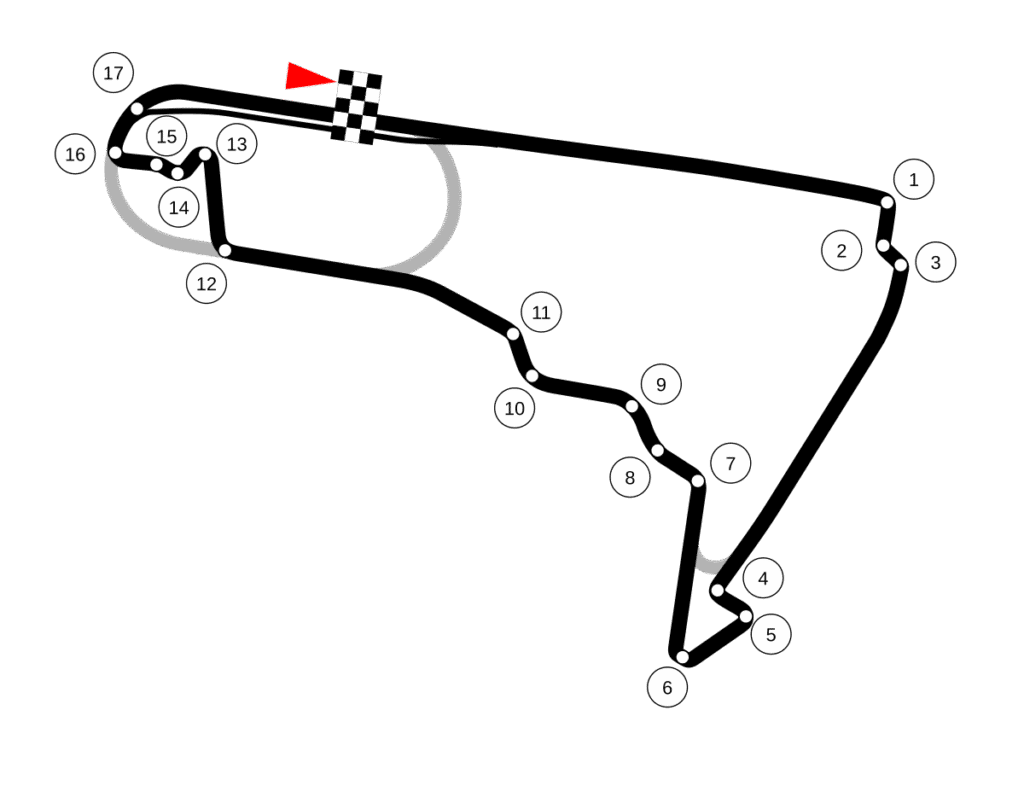
1. A long absence from Formula 1
The circuit is located in Mexico City and has hosted Formula 1 again only since 2015, after more than twenty years of semi-abandonment. The last GP before the long hiatus took place in 1992. Race won by Nigel Mansell in a Williams, followed by Italian Riccardo Patrese and Michael Schumacher in a Benetton.
It was also the first of 155 podiums for the future seven-time world champion, five of them with Ferrari.
However, that race did not leave a great impression of the sport in Mexico. The track was in poor condition, with a rough and deteriorated surface, and the capital was considered one of the most polluted cities in the world. Already in 1990, when Alain Prost won and Ayrton Senna retired due to a blown tire while leading. Strong criticism arose over the quality of the asphalt.
Two years later, these issues led to the suspension of the partnership between Formula 1 and the Mexican circuit.
2. Mexican GP, the highest circuit on the calendar
Hermanos Rodríguez is the highest-altitude track on the entire F1 calendar. Mexico City sits at 2,240 meters above sea level, which significantly affects the performance of the cars.
The thinner air creates conditions completely different from lower-altitude circuits. Just think of the impact on aerodynamics: with less dense air, the downforce generated by the wings is reduced at the same speed. Teams therefore have to run higher downforce setups to achieve the same grip.
But it’s not just aerodynamics. Engines also feel the effects of altitude, suffering a slight power drop. Turbocharged engines are less affected than naturally aspirated ones, but less air entering the combustion chamber still means reduced power output. Additionally, the lower oxygen level requires adjusting the fuel flow to maintain the correct air-fuel ratio.
3. The Foro Sol: a straight surrounded by Hermanos Rodríguez fans
A distinctive section of the circuit is the Foro Sol. Located in the third sector, the track crosses a real baseball stadium. Here, the stands completely envelop the drivers, creating a unique spectacle on every lap.
Exiting the Foro Sol, the cars rush onto the main straight, almost two kilometers long, leading to the finish line.
It is inside the Foro Sol that the F1 podium ceremony takes place at the end of the race, with the top three drivers immersed in the roar of the Mexican crowd.
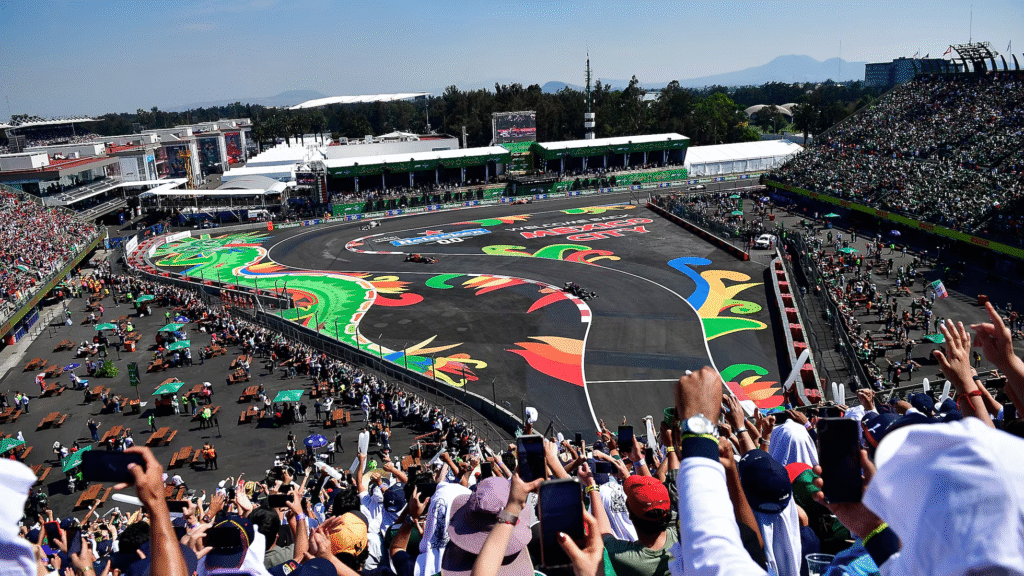
The meaning of the name
The Mexican F1 circuit, the Autódromo Hermanos Rodríguez, is named after brothers Pedro and Ricardo Rodríguez, two Mexican motorsport talents.
The current name was adopted in 1979 in memory of the two drivers: Ricardo died during the 1962 Mexican Grand Prix (non-championship race), while Pedro passed away nine years later, also behind the wheel.
Built within the Magdalena Mixhuca park in 1959, the circuit hosted its first Formula 1 Grand Prix in 1962, as a non-championship event.
5. Mexican GP, Records and other categories
Last of the 5 curiosities is: The official lap record of the current circuit layout is 1:17.774, set by Valtteri Bottas in Mercedes during the 2021 Mexican GP.
The all-time unofficial record belongs to Max Verstappen, who clocked 1:14.758 in 2019 qualifying with his Red Bull Racing.
The track is 4,300 meters long and features different layouts. Throughout the year, it hosts many categories: from the Mexican NASCAR, which uses the one-mile oval layout, to Formula E, TCR, and Champ Car.
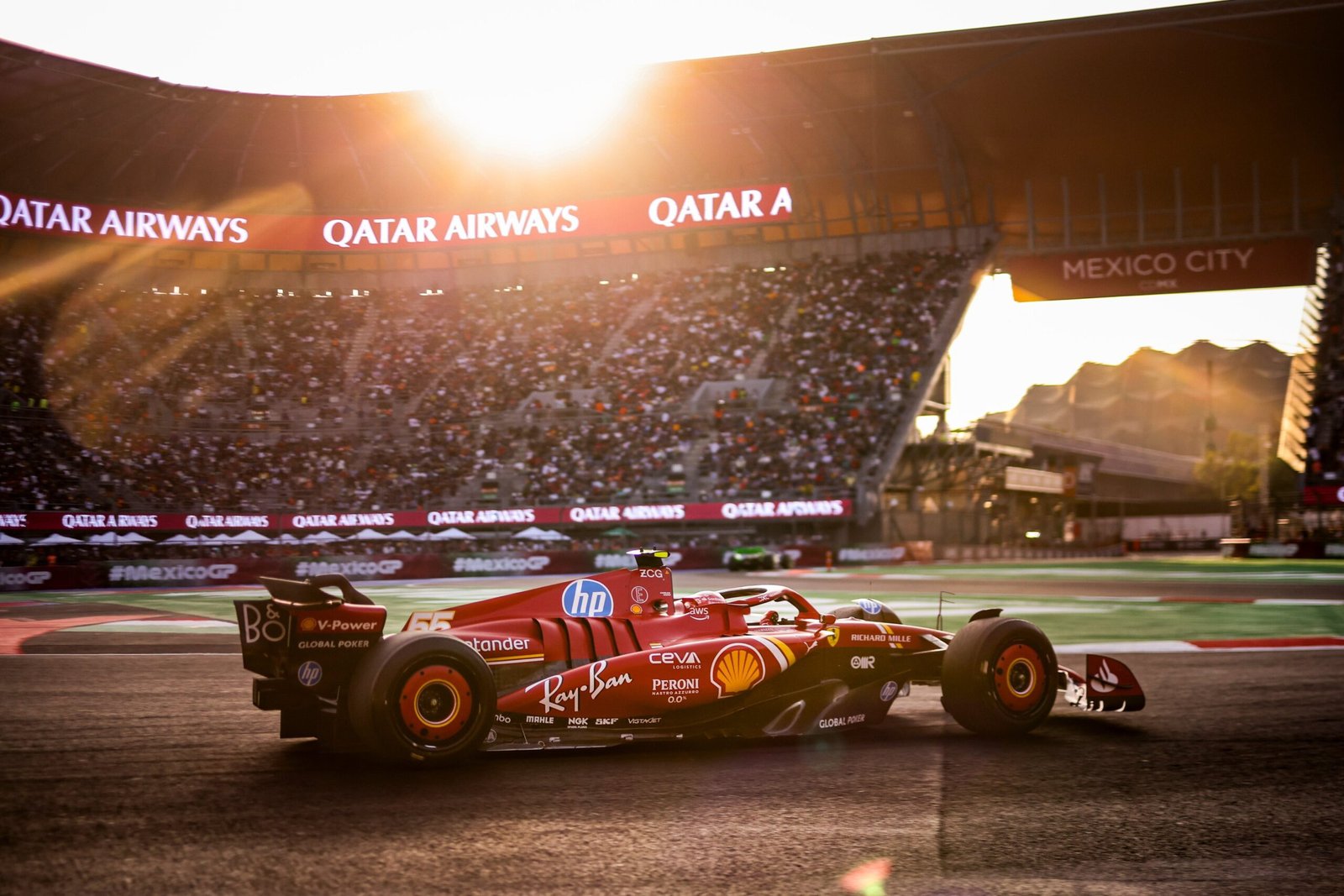


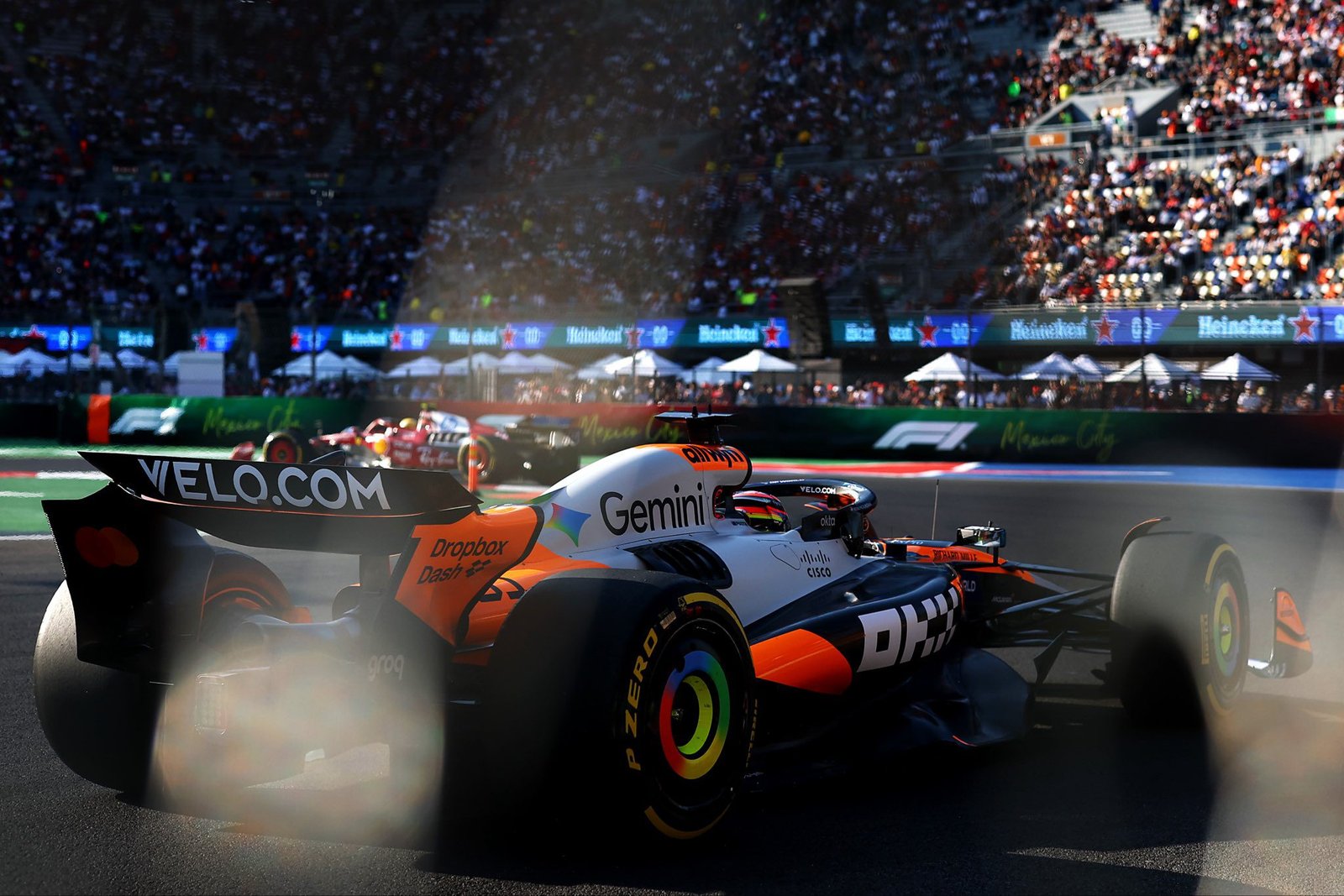
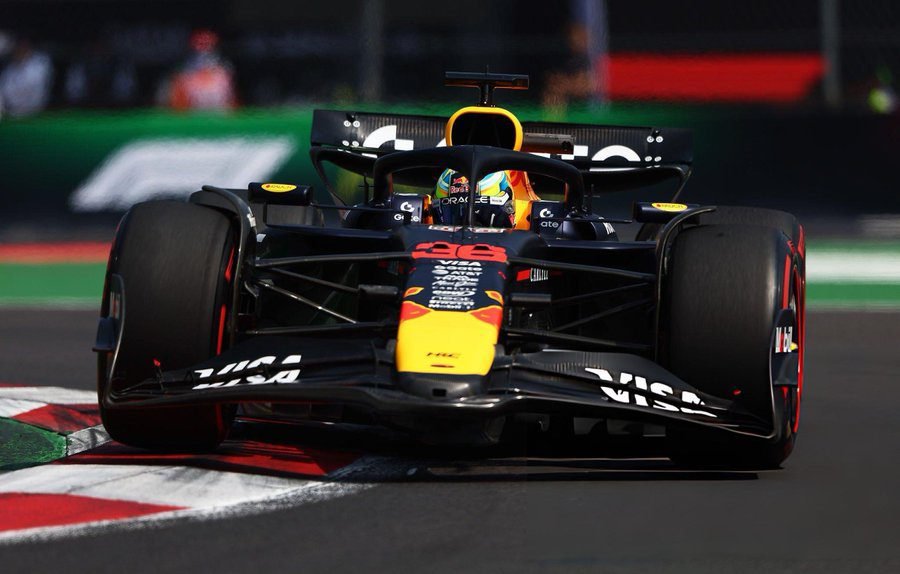

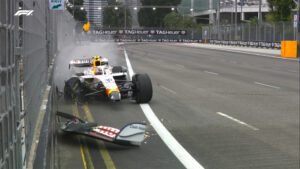



3 comments